Ka Lun Jia Lun Sculpture Capturing the Essence of Traditional Chinese Culture
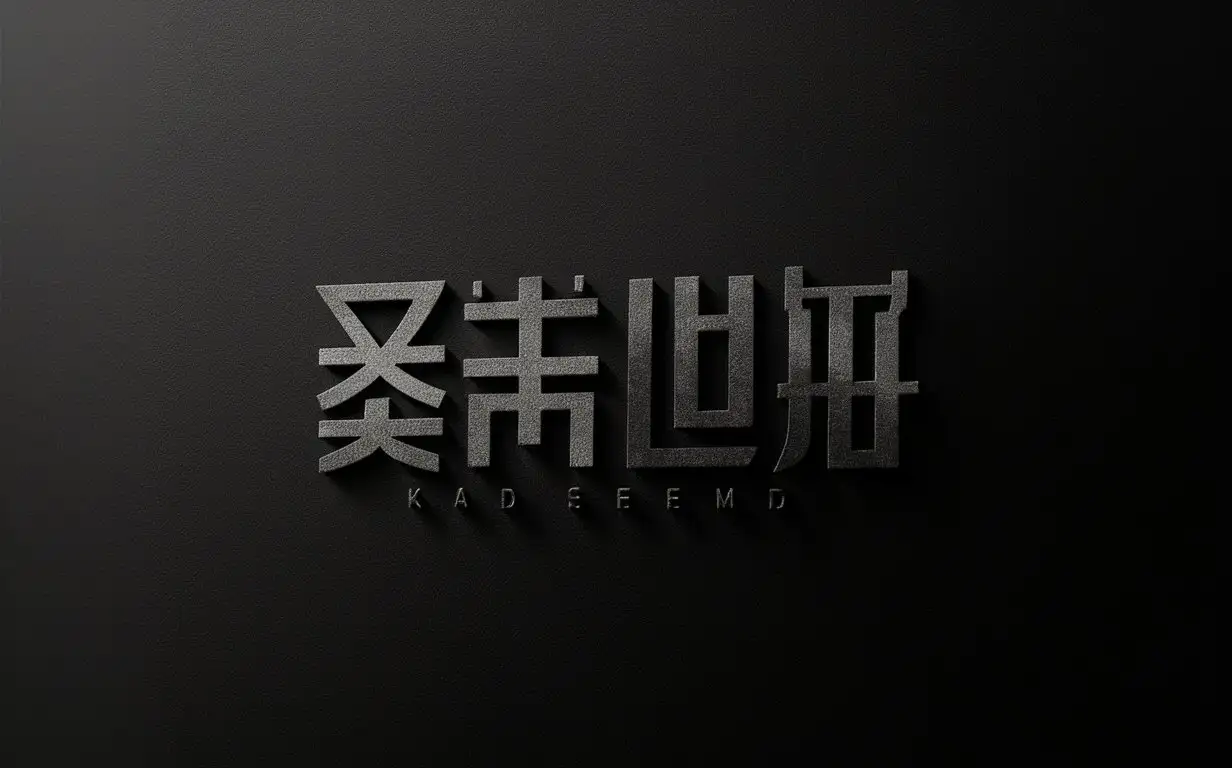
Image Prompt
Prompt
Un logo où est inscrit 家倫 (Ka Lun) . Le mot 家倫 a un style assez sobre avec un style street asiatique. Fonf noir dégradé sombre écriture asiatique et sobre sur un fond noir
Choose Model: visiCanvas
Aspect Ratio: 16:10
Generated by Stable Diffusion SDXL
Related AI Images
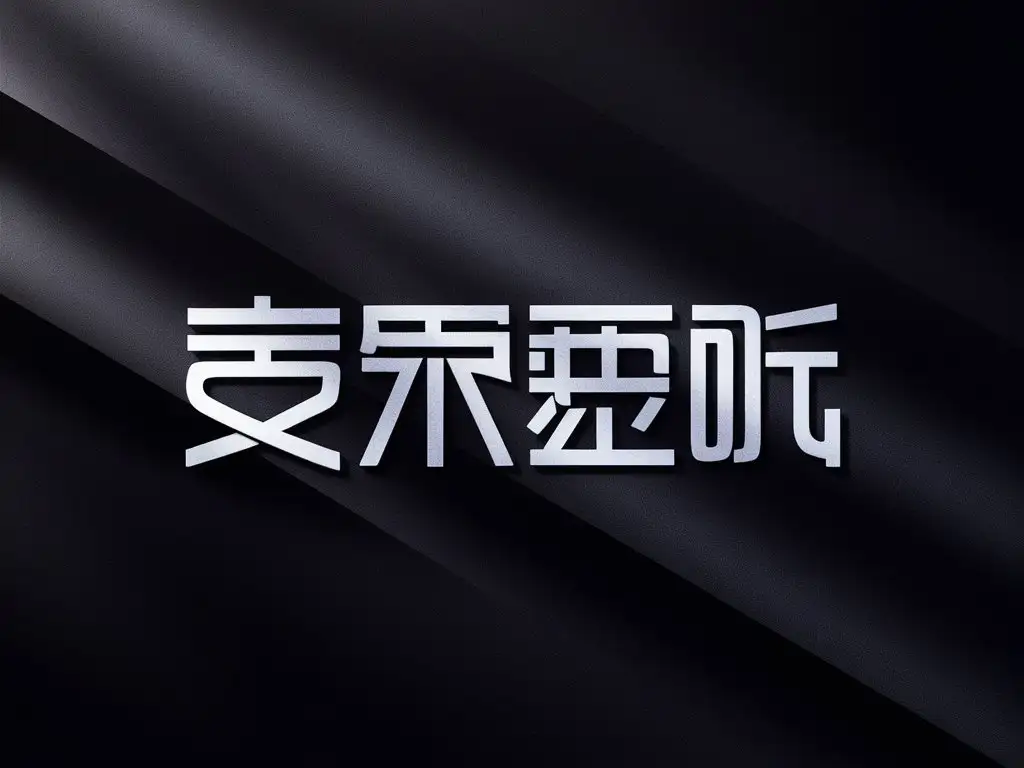
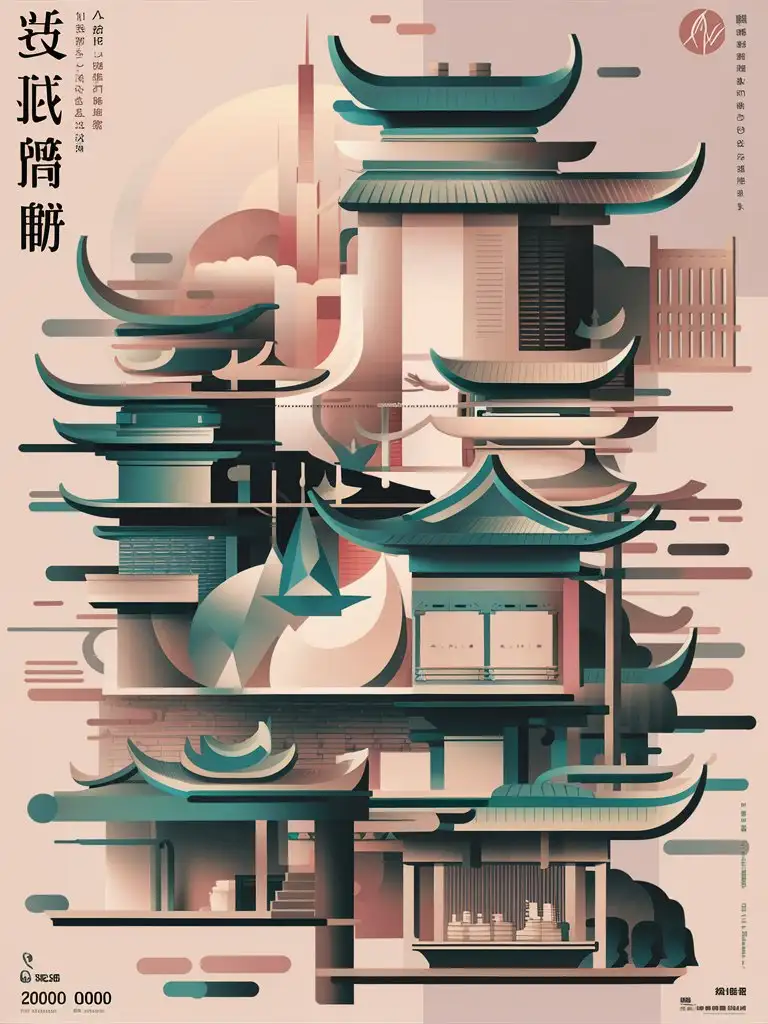
R
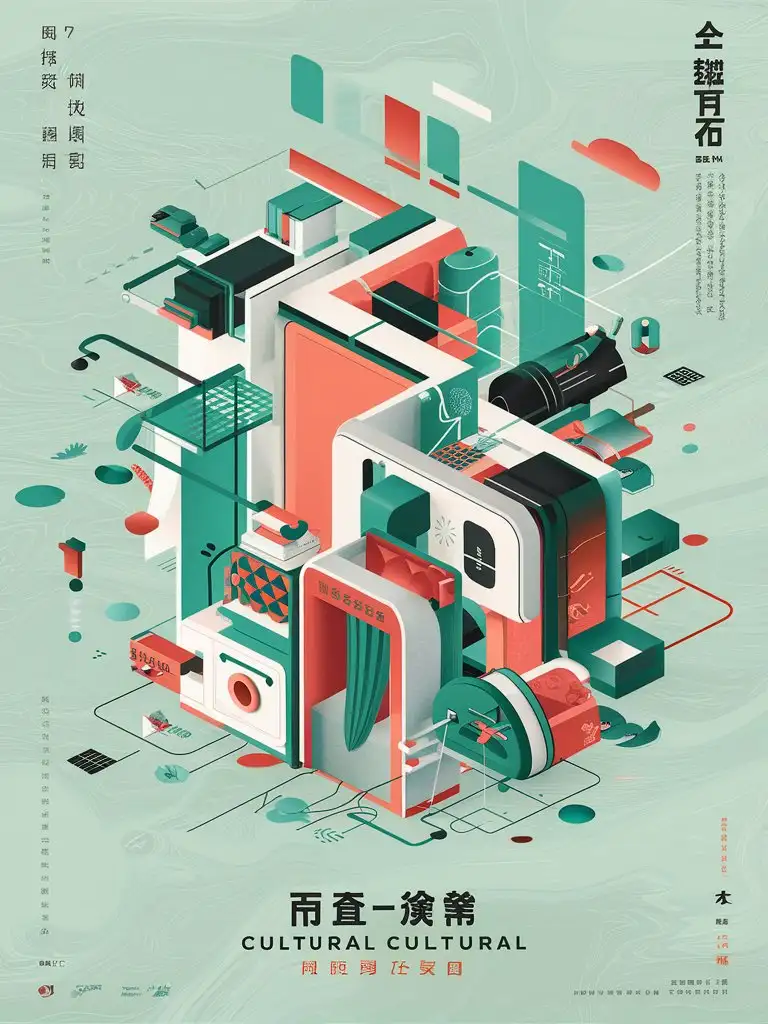
R
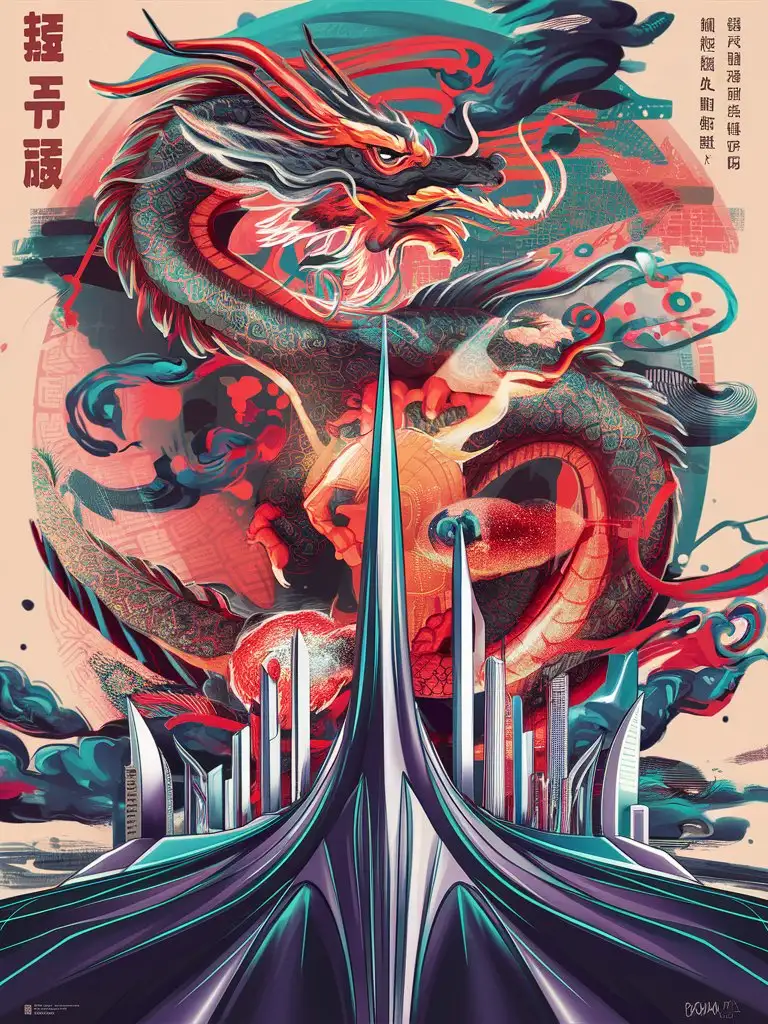
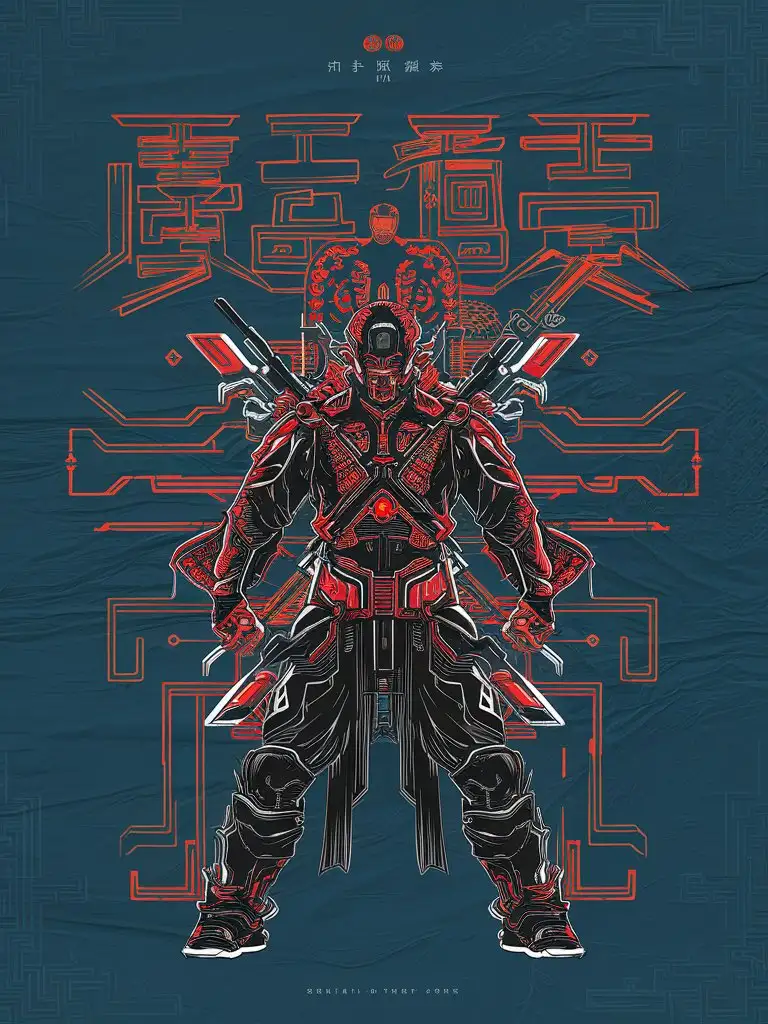
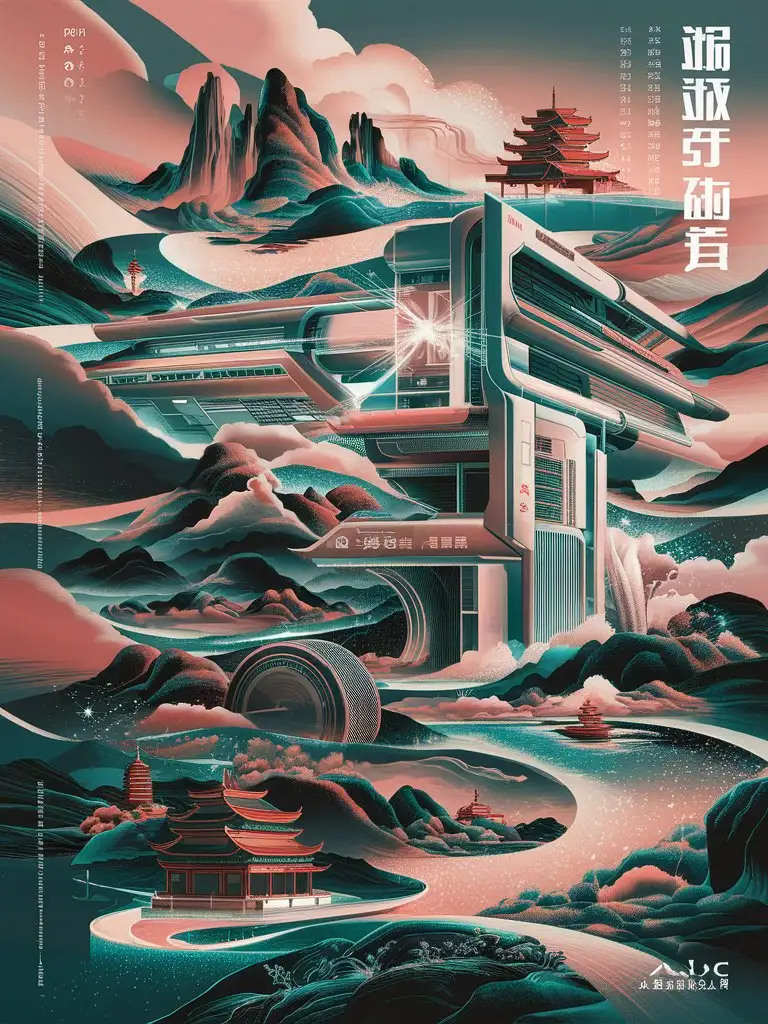

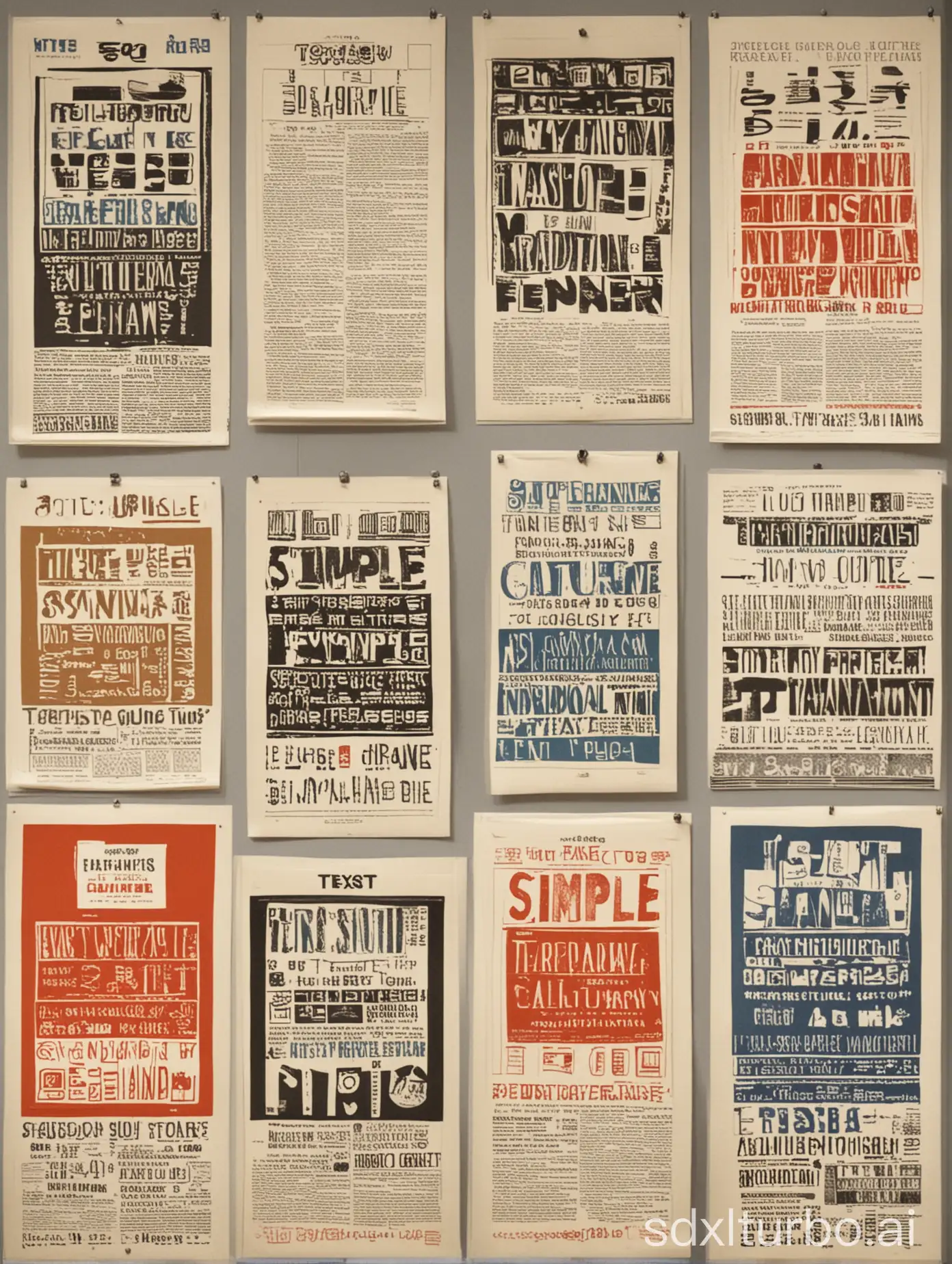
Related Tags
Prompt Analyze
- Subject: The subject of the image is a sculpture named 'Ka Lun' or 'Jia Lun' which likely depicts a figure from traditional Chinese culture. This could be a historical figure, a mythological character, or a representation of a cultural symbol. The sculpture may showcase intricate details and craftsmanship, reflecting the richness of Chinese artistic heritage. Setting: The setting might be a museum, art gallery, or public space where the sculpture is displayed. It could be surrounded by other artworks or placed in a specific cultural context to enhance its significance. Background: The background could feature elements of traditional Chinese architecture, nature, or cultural symbols to complement the theme of the sculpture. It may utilize vibrant colors or subtle hues to create an atmosphere that resonates with the cultural significance of the artwork. Style/Coloring: The style of the sculpture could range from classical to contemporary interpretations of Chinese art, with attention to detail and symbolism. Coloring might include traditional Chinese color palettes such as red, gold, and black, or it could incorporate modern artistic techniques to evoke emotion and depth. Action or Items: The sculpture itself may depict the figure in a particular action or pose, such as holding an object, performing a gesture, or engaged in a symbolic activity. Alternatively, it may focus on specific items or symbols associated with the character or theme, adding layers of meaning to the artwork. Costume or Appearance: The figure's costume or appearance could reflect traditional Chinese attire, armor, ceremonial robes, or mythical adornments, providing insights into the character's identity or cultural significance. Accessories: Accessories such as jewelry, weapons, or symbolic objects may accompany the sculpture, enhancing its narrative or cultural context and inviting viewers to explore the deeper layers of meaning within the artwork.